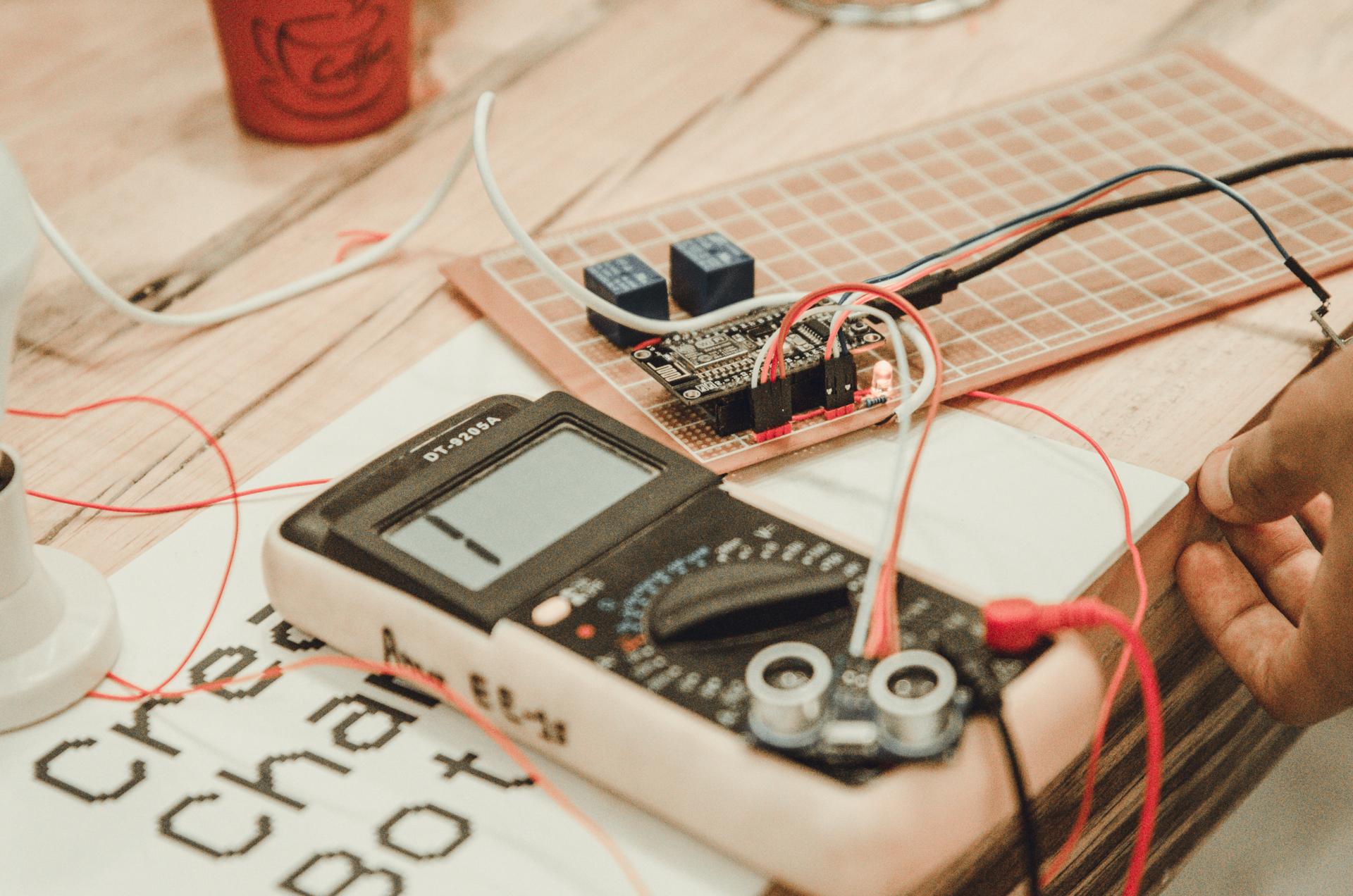A Novice's Guide to Performing an Electric Safety Test at Home

When it comes to home security one of the most crucial areas to consider is the safety of electrical wiring. Testing for electrical safety is the process of evaluating the electrical system in your home to ensure that it’s safe and current. In this article, we’ll provide you with the basics of what the electrical safety tests are, what tools you’ll need to conduct them, the best method to conduct the tests and the warning signs to be aware of.
What is what is an Electrical Safety Test?
A safety test for electrical appliances is the process of checking the electrical system within your home to ensure that it’s functioning safely and properly. The importance of electrical safety tests is as they can prevent electrical accidents and fires and also ensure the long-term durability the electrical systems you have.
Tools Required to conduct an electrical Safety Test
In order to conduct an electrical safety test you’ll need a few essential tools. These include the voltage tester, a continuity tester, a circuit tester, as well as outlets tester. A voltage tester can check for live circuits, whereas the continuity tester checks for damaged circuits. Circuit testers are used to look for wiring issues and outlets testers are used to check for wiring issues at the outlets. It is crucial to use these devices correctly to get accurate results.
How to Conduct an Electrical Safety Test
To perform the electrical test inside your home, follow these steps:
Switch off the power source for the circuit that you’re testing.
Make use of this voltage tester to test whether there are live circuits.
Make use of the continuity tester to test for broken circuits.
Make use of the circuit tester to test for wiring faults.
Make use of the outlet tester to find any wiring issues in the outlets.
When testing, be sure to look for signs of damage or wear on the wires that could indicate damaged or frayed wires, burn marks, and loose wires. If you spot any problems you need to fix the issues as soon as you can to avoid potential hazards.
Signs of Electrical Problems to Look Out for
There are a variety of indicators that may indicate electrical problems in your house. They include flickering light bulbs, frequent circuit breaker tripping noises that crackle or buzz from outlets, outlet that are hot or discolored and a smell of burning. If you notice any of these warning indications, you should get to work immediately to avoid possible electrical hazards.
Conclusion
Tests for electrical safety are vital to ensure the safety of your home and family. By performing regular tests and taking care to address any issues immediately you will be able to prevent electrical hazards and extend the lifespan of your electrical system. If you need assistance in electrical repairs or testing Don’t hesitate to reach out to Local Electricians Adelaide. Our experienced team can offer you expert advice and assistance. Contact us at 1300 962 979 to schedule an appointment or request a quote.
FAQ Section
When should I perform an electrical safety test in my home?
We recommend conducting safety tests for electrical equipment at least once per year.
Do I have the ability to conduct the electrical test on my own or do I require a professional?
Although it’s possible to conduct the electrical test on your own, it’s recommended to hire a professional to ensure accurate results and prevent potential hazards.
Are there any frequently encountered electrical problems found in an electrical safety test?
The most frequent electrical issues that are discovered during a safety test include malfunctioning wiring, overloaded circuits and obsolete electrical systems.
What do I do if encounter a problem in the electrical safety test?
If you spot a problem when you conduct the electrical safety check it is important to act immediately. This may include getting an experienced electrician to resolve the issue or replacing the equipment that is malfunctioning.
